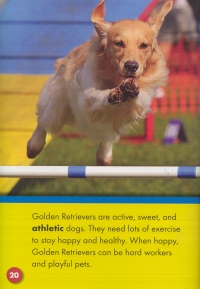| ________________
CM . . .
. Volume XVI Number 28. . . .March 26, 2010
The “Blastoff! Reader” series is a collection of levelled texts that seem to be designed for the beginning reader. Many, if not all, teachers are quite familiar with the concept of “levelled text” to observe reading behaviours, assess students, and teach strategies using materials that are at an instructional level for learners. Additionally, students who are moving through the stages of reading development will require copious amounts of “best fit” books to rehearse and consolidate the reading strategies they have learned in small group and whole class reading instruction. Classrooms and libraries do not seem to hold enough books to match the needs of our learner. Thus, series such as “Blastoff! Reader” are necessary for both instruction (teacher) and enjoyment (learner).
The same text features found in Magnetism are included in Winter, along with crisp, colourful photographs. Although the table of contents is included, the body of the text lacks headings for readers to easily identify each ‘chapter.’ The page numbers are clearly listed, but the ‘chapter titles’ have been neglected throughout the book as a whole. A summary page of the seasons could also have been included so children can review the four seasons and then see that this particular book is about winter. A simple explanation of snow would also provide early learners with this basic knowledge. Once again, Ducklings includes the same text features from this series, even as an Emergent text (level 1). The body in Ducklings is also missing the chapter headings, and so the table of contents seems incomplete. The font is larger in this text for the emergent learner, and there are five lines of print on each page. Because the ‘return sweep’ is tricky for some beginners, fewer lines might be easier. My preference for beginning readers is to see two complete sentences of print, one on top of the other, as an introduction to ‘line directionality’ and then toward the end of a book, the sentences can wrap around to another line. Scaffolding readers’ learning in this way will help to successfully secure their initial reading behaviours. Some of the text seems challenging in this book for the emergent reader - “Ducklings have two small wings. The wings are not big enough to let a duckling fly….Ducklings grow fast. Soon they have adult feathers. One day they may have ducklings of their own!” The words /enough/, /soon/, /grow/, /adult/, /feathers/ and /own/ will require teacher support for some emergent learners.
“The first Golden Retrievers helped people to hunt ducks and other wild birds. They are excellent water retrievers. When hunters shoot wild birds, the birds often fall into swamps or lakes. Water retrievers swim out to find the birds and bring them back to the hunter.” This example of text is taken from the beginning of the book, Golden Retrievers. There might be some confusion for students as to the two references – Golden Retriever and Water Retriever. But, as readers continue, they will learn more about the history of the Golden Retriever, and that will help them to understand the hunter-swimmer information shared at the beginning. Some text support might be required for students who struggle with comprehension and ‘holding onto’ information as they read. This book is longer and contains ‘fun facts’ interspersed through the content, an addition which some students will really enjoy. At this level, there are chapter headings throughout which support the topics listed in the table of contents. This book matches the text complexity, length and features of Magnetism. The text complexity and features of Bear Cubs match the book Ducklings. Once again the pictures are great, and there is some basic and ‘cute’ information about cubs – “…Their favourite foods are berries, honey and fish.” Page 16 tells the reader that bear cubs like to play yet the adjoining picture shows two cubs (that look like adolescent cubs), ready to attack each other. I’m not sure this is the best picture match to support the emergent reader with the strategy of ‘looking at the picture to figure out the word(s) you don’t know.” The text complexity and features of Fall match the book, Winter. Because the body in Fall is also missing the chapter headings, the table of contents seems incomplete. As with the book Winter, a summary page of the seasons could have been included in the beginning or on the inside cover for readers to review the four seasons first (access prior knowledge) before learning about fall. There are 2-4 lines of print/page with most pages containing only one sentence. The sentence length and print layout may need closer attention to match the readers at this stage. Overall, the texts provide a general introduction to facts about the topics listed. The information simply leads to more questions. Teachers and inquiry based learners will want to use these books as a ‘jumping off’ point into some deeper learning of a topic of their choice. In terms of using this books to teach reading, teachers need to have a secure understanding of the stages of reading development and what reading behaviours they need to see in their learners before selecting more complicated text. I’m not sure the print in these books is designed to seamlessly match a learner’s progression. Creating such a set of books would be challenging indeed. “Blastoff! Readers” do provide an opportunity for student to engage with and use many beginning reading strategies, including frequent moments to rehearse many high frequency words. A variety of texts about a variety of topics are needed for all classrooms and all learners to interact with and dialogue about to secure their foundational literacy skills, strategies and behaviours. Recommended. Carrie Subtelny, a Certified Reading Clinician and Director of Read Smart: Expand Your World, lives in Winnipeg, MB.
To comment
on this title or this review, send mail to cm@umanitoba.ca.
Copyright © the Manitoba Library Association. Reproduction for personal
use is permitted only if this copyright notice is maintained. Any
other reproduction is prohibited without permission.
NEXT REVIEW |
TABLE OF CONTENTS FOR THIS ISSUE
- March 26, 2010.
AUTHORS |
TITLES |
MEDIA REVIEWS |
PROFILES |
BACK ISSUES |
SEARCH |
CMARCHIVE |
HOME |
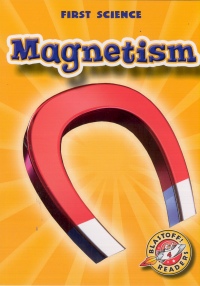


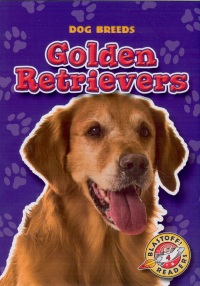
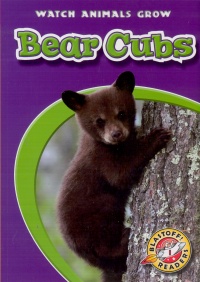

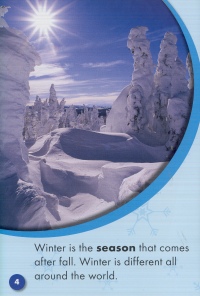 Magnetism is an expository text that depicts impressive text features and beautiful, bright pictures. The text features include – bold text, headings, glossary, index and a table of contents. The variety of examples of magnetism and the explanation of what it is is clear and comprehensible. However, the page that tells us “The force of magnetism doesn’t work on all metals…” shows a picture of only copper, American pennies. Examples of ‘copper currency’ from all over the world (where it is used) would have been a better, refreshing surprise. Another suggestion would be to have added more about the North Pole – aligning students’ prior knowledge about this region to the new information in this text. The library and web links listed are a great addition for learners and teachers alike.
Magnetism is an expository text that depicts impressive text features and beautiful, bright pictures. The text features include – bold text, headings, glossary, index and a table of contents. The variety of examples of magnetism and the explanation of what it is is clear and comprehensible. However, the page that tells us “The force of magnetism doesn’t work on all metals…” shows a picture of only copper, American pennies. Examples of ‘copper currency’ from all over the world (where it is used) would have been a better, refreshing surprise. Another suggestion would be to have added more about the North Pole – aligning students’ prior knowledge about this region to the new information in this text. The library and web links listed are a great addition for learners and teachers alike. 